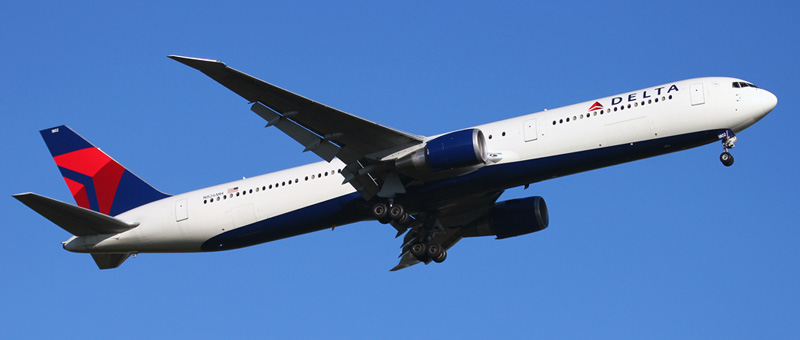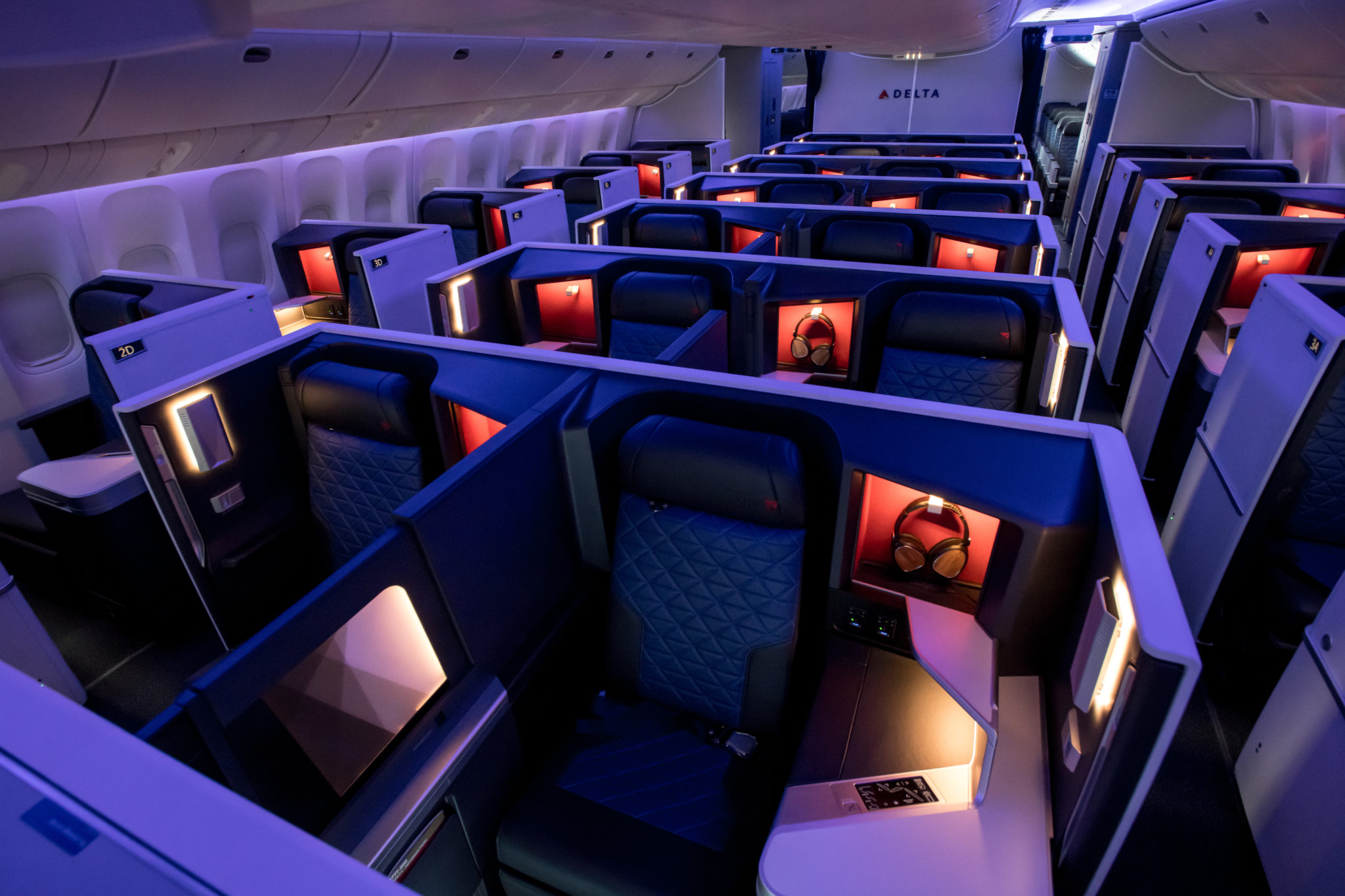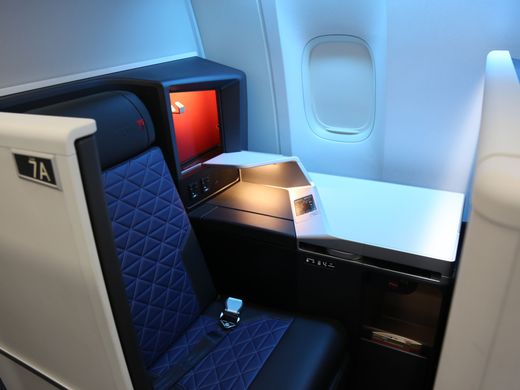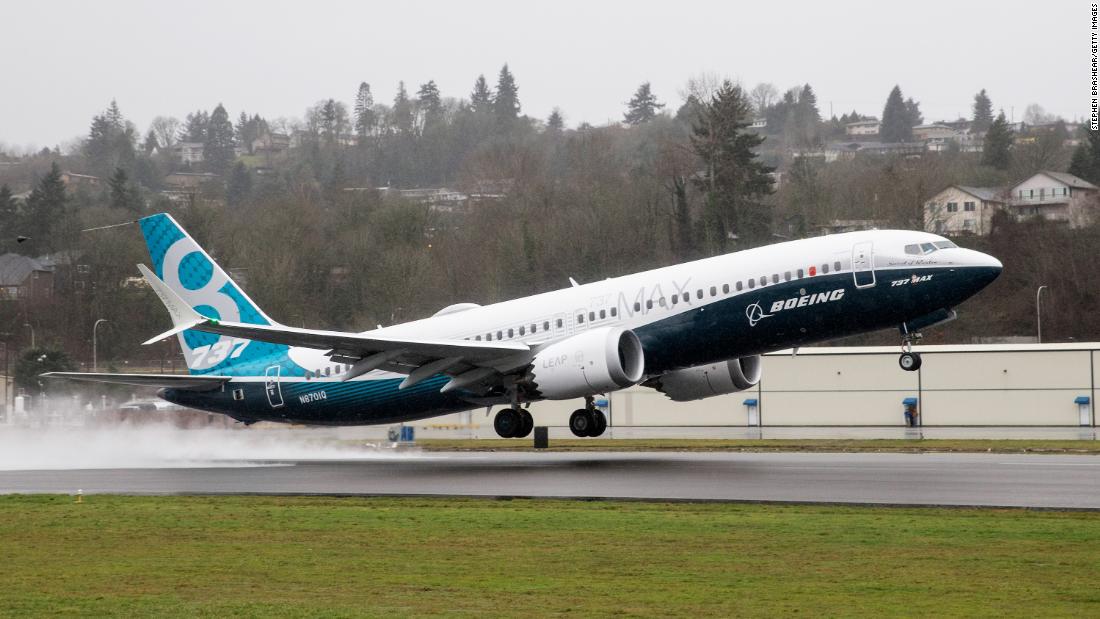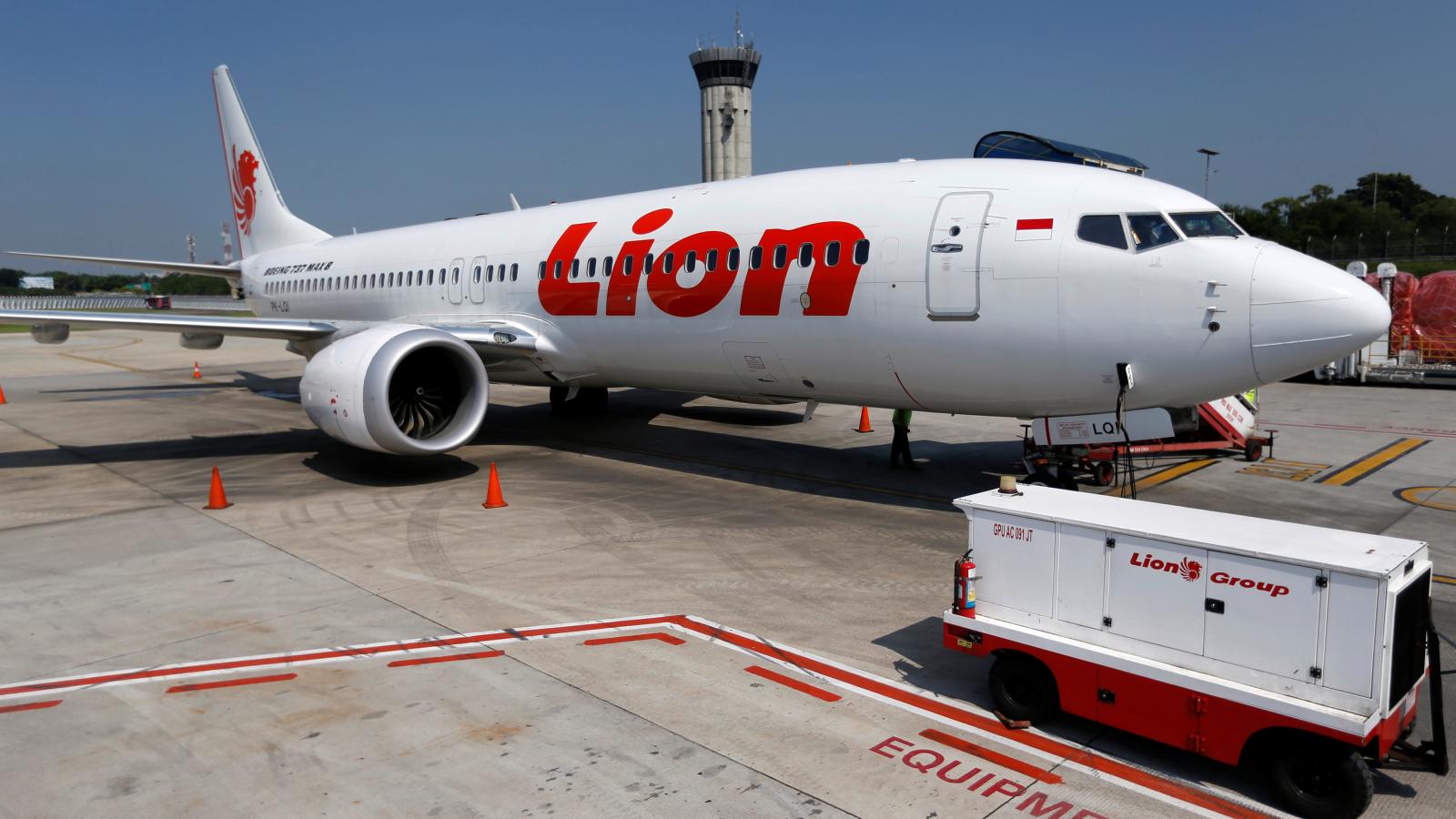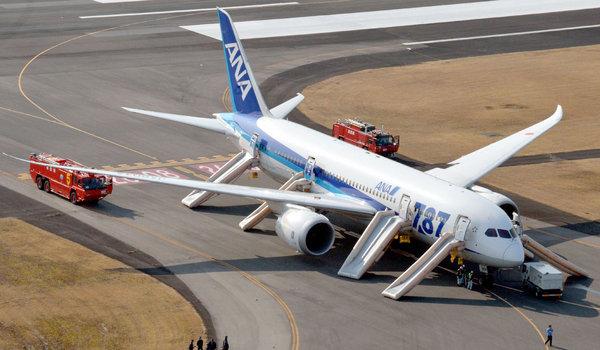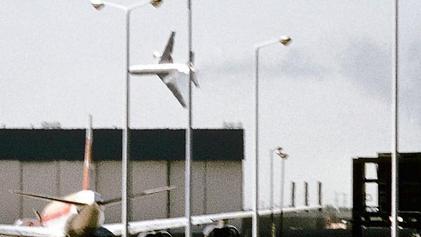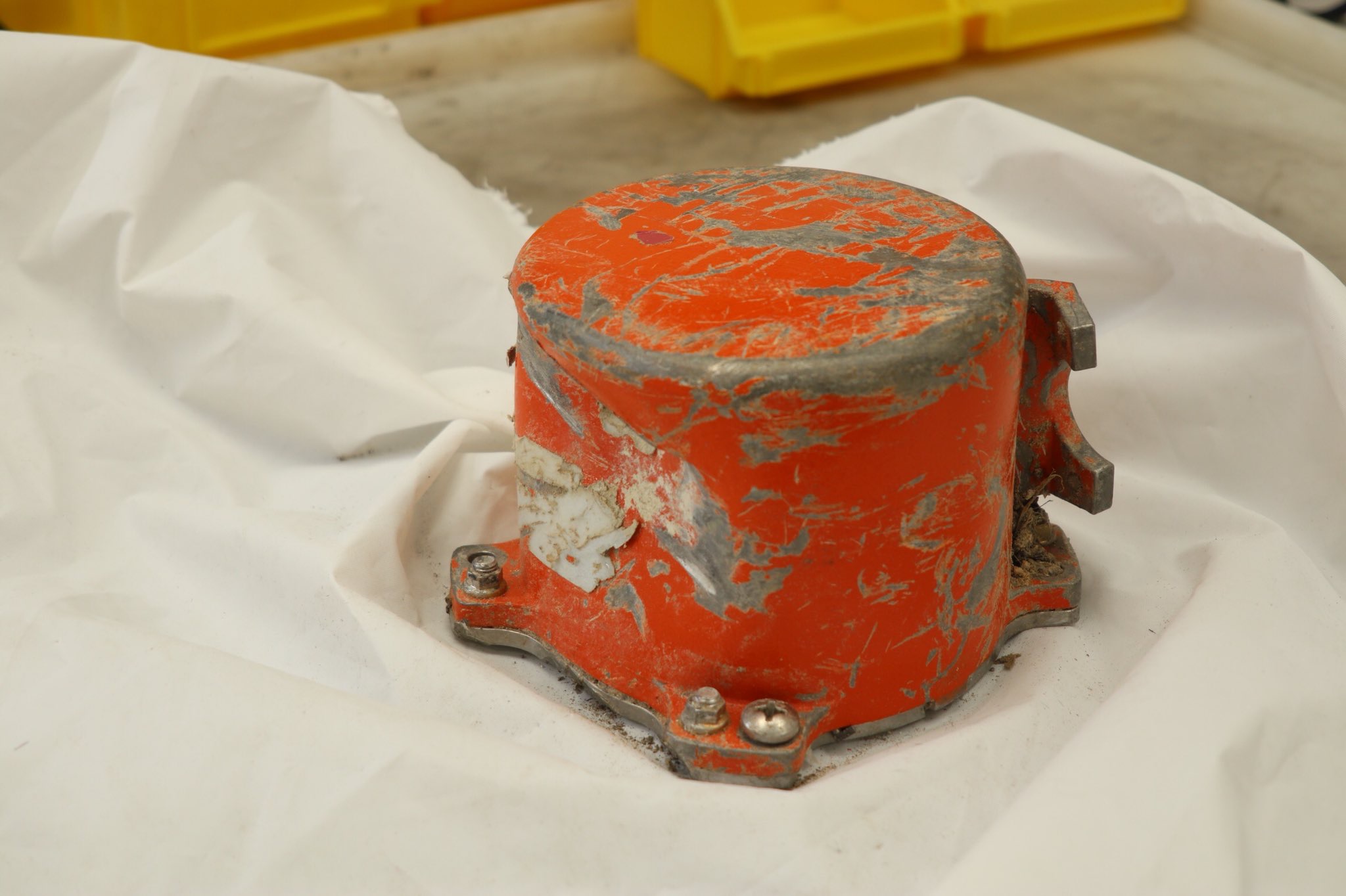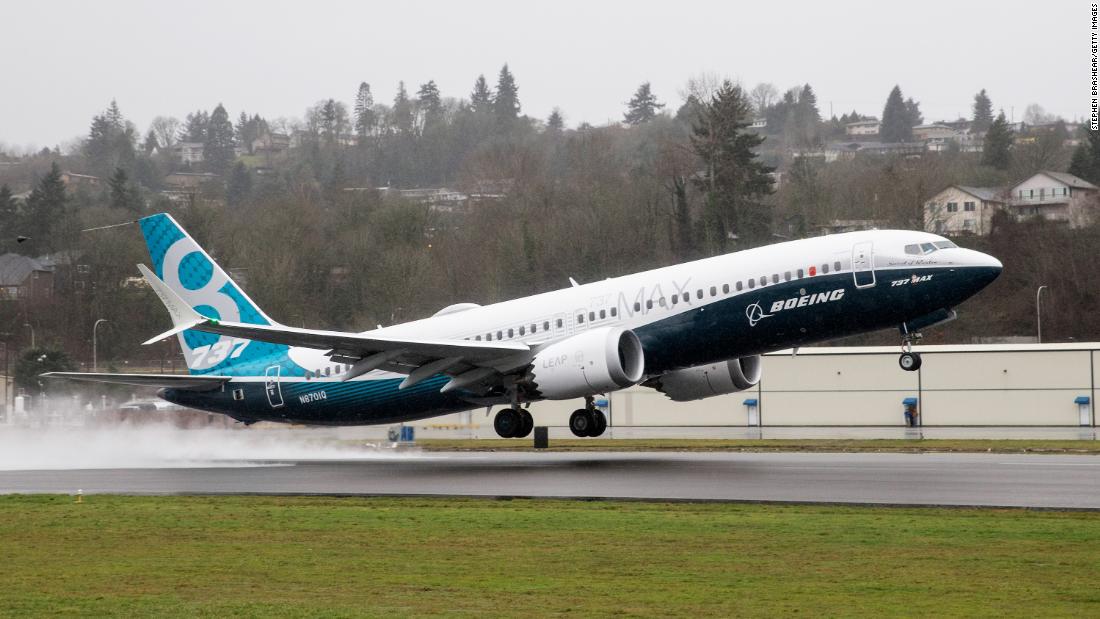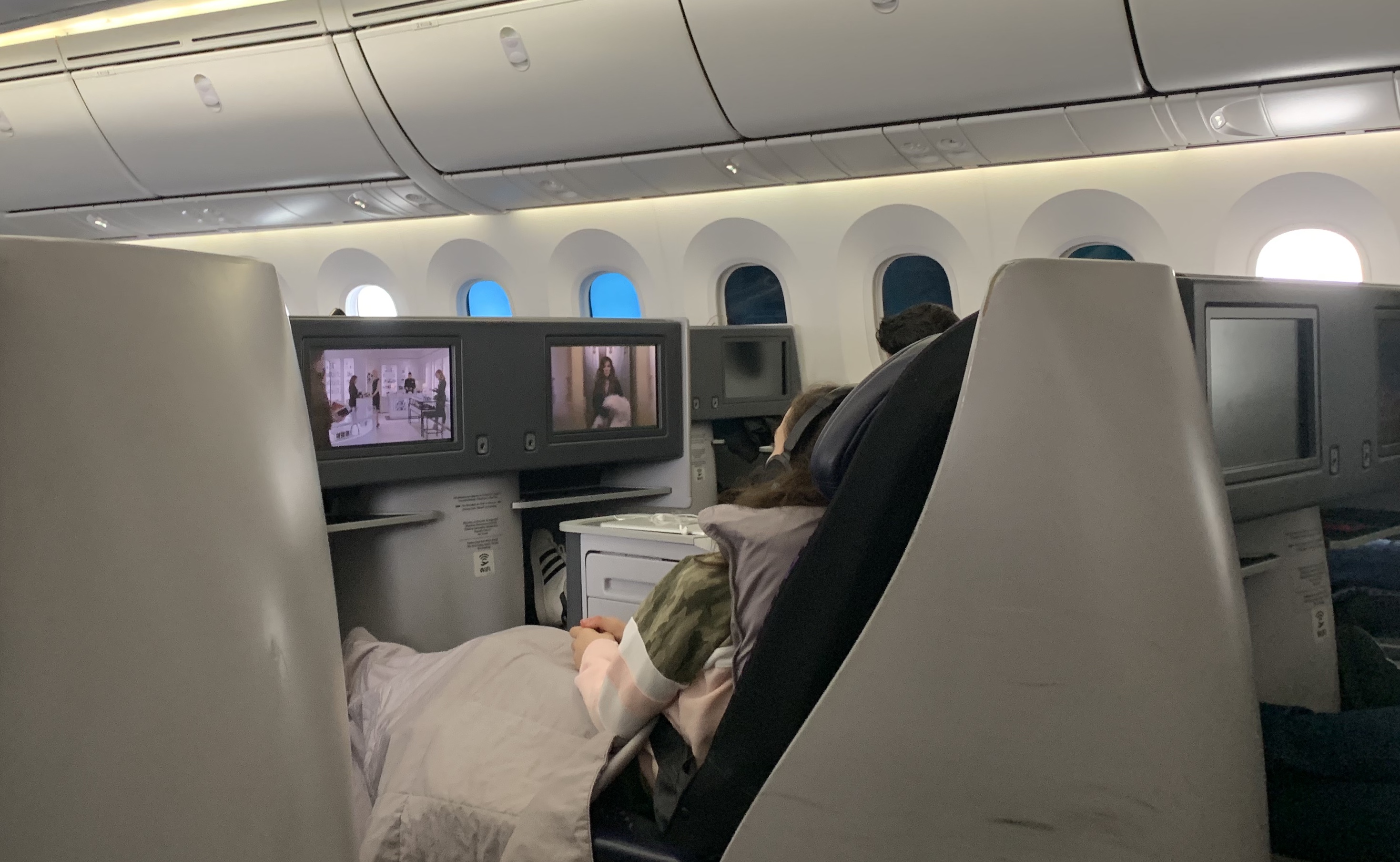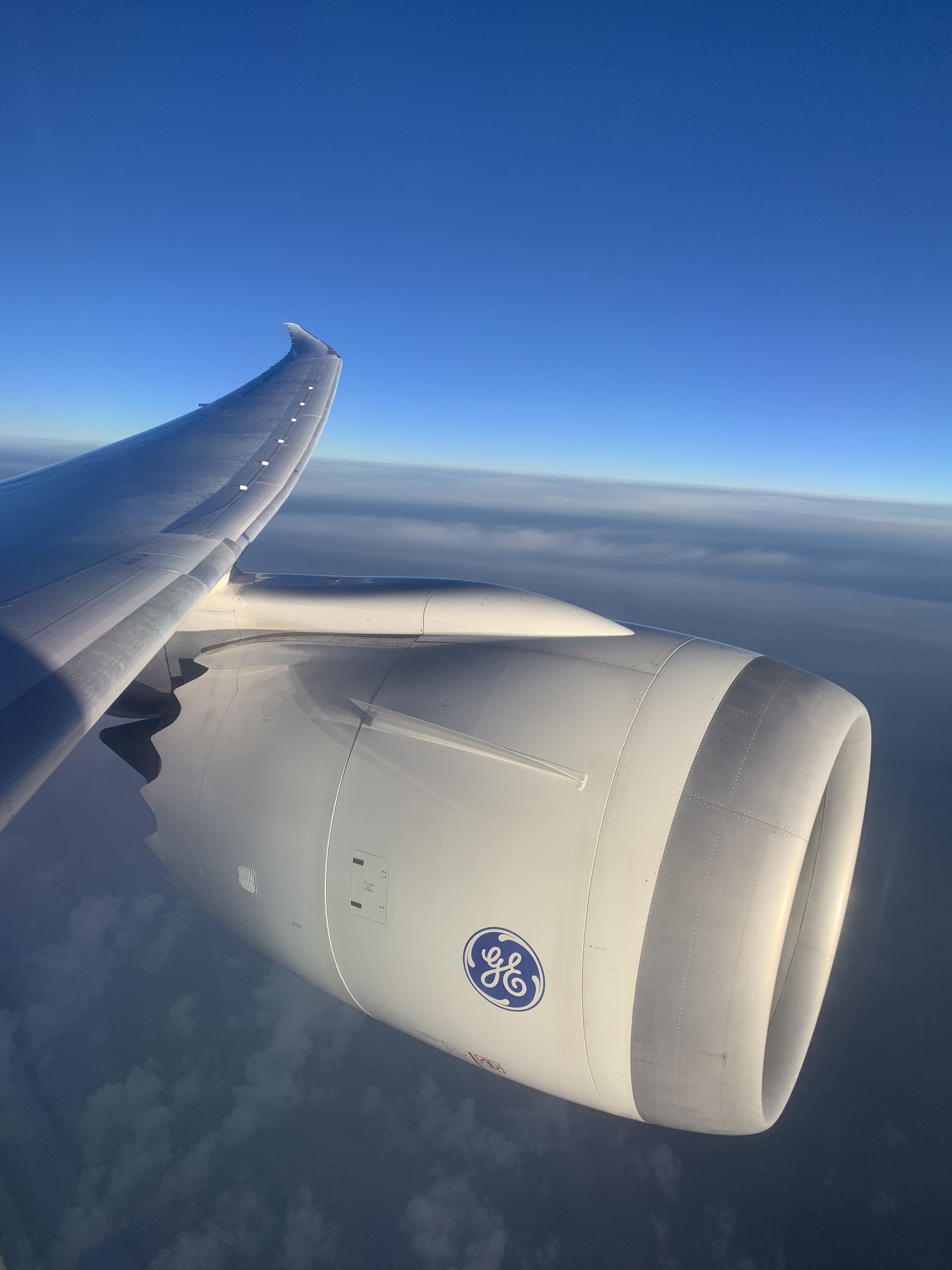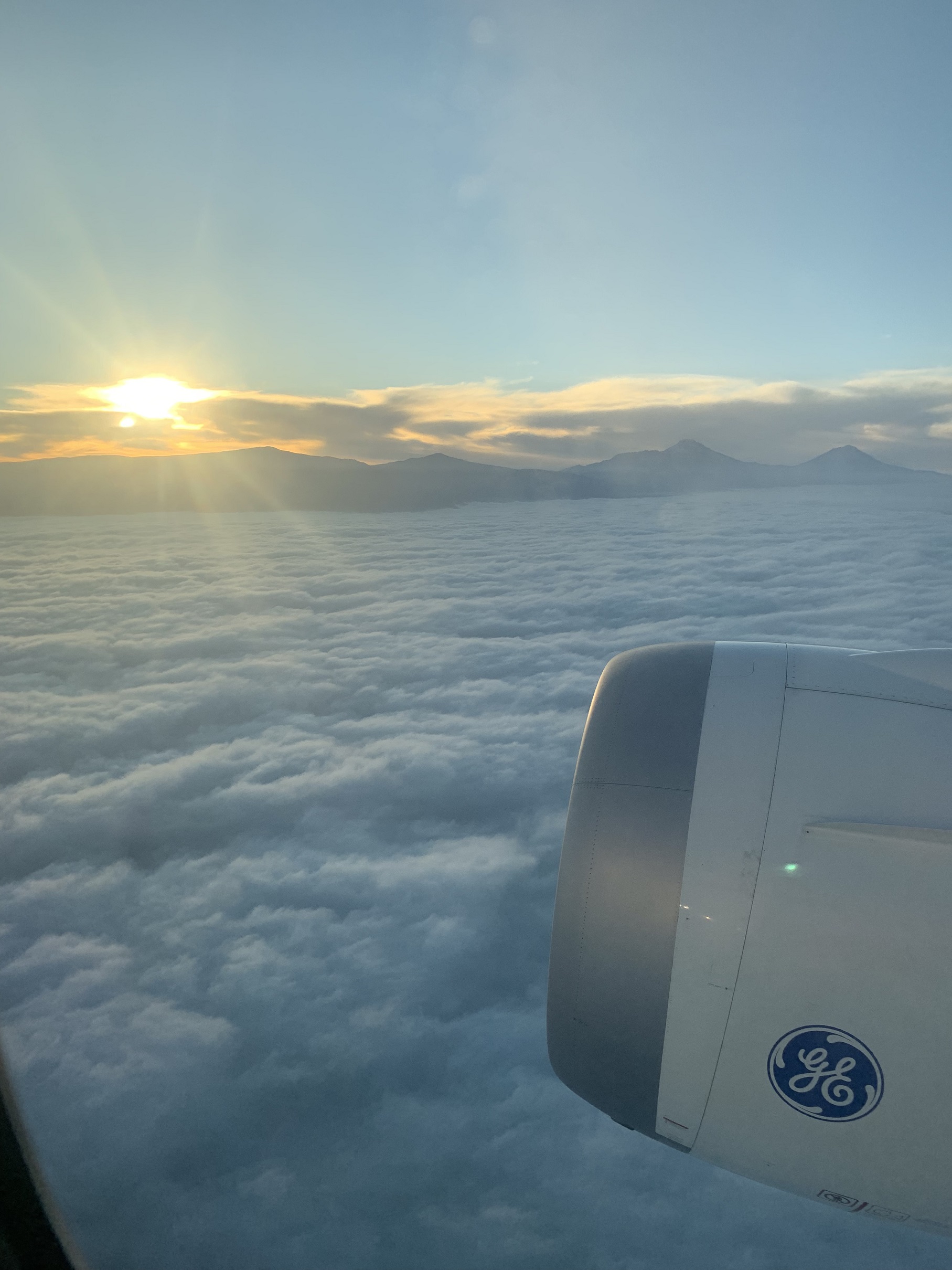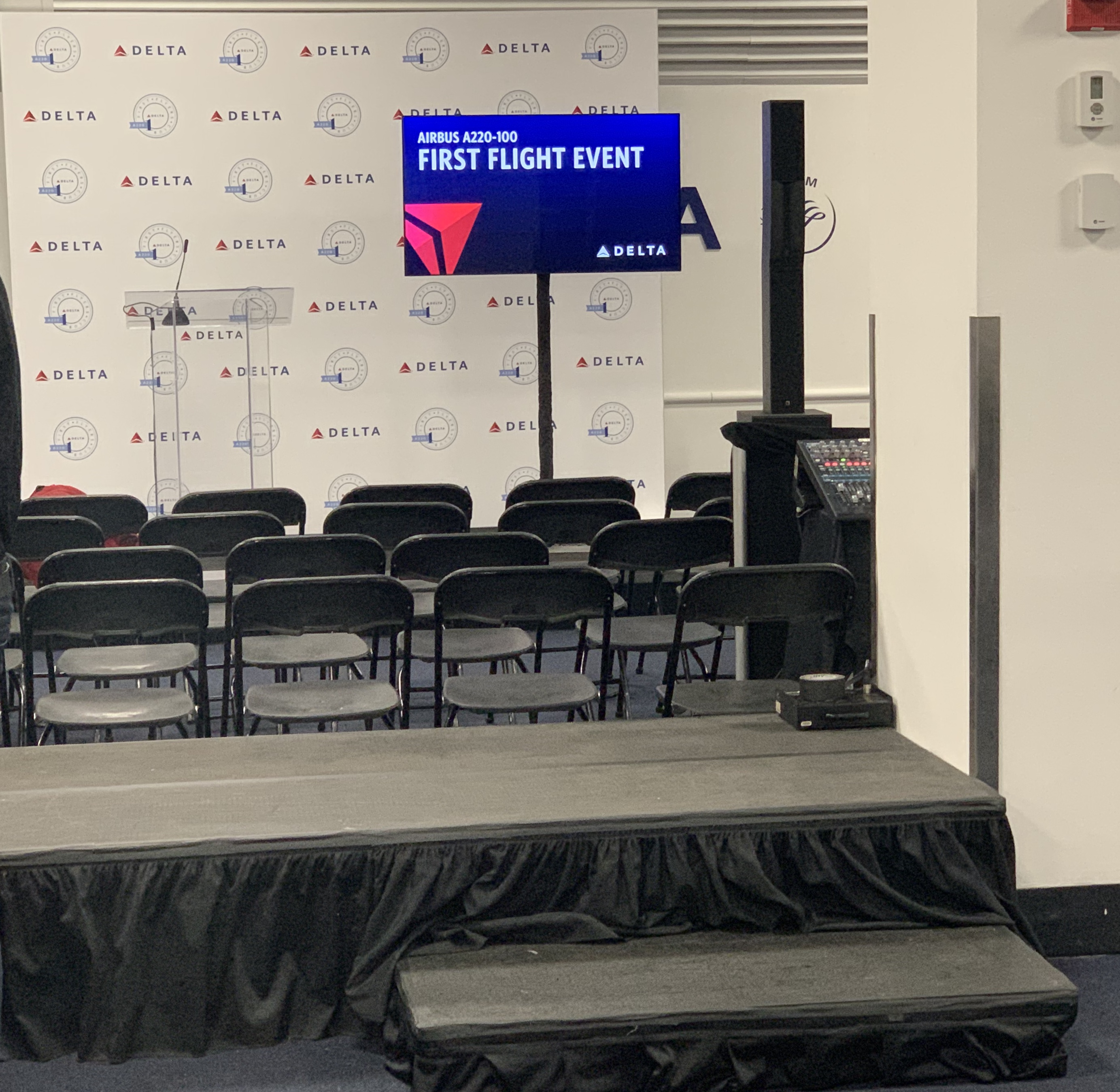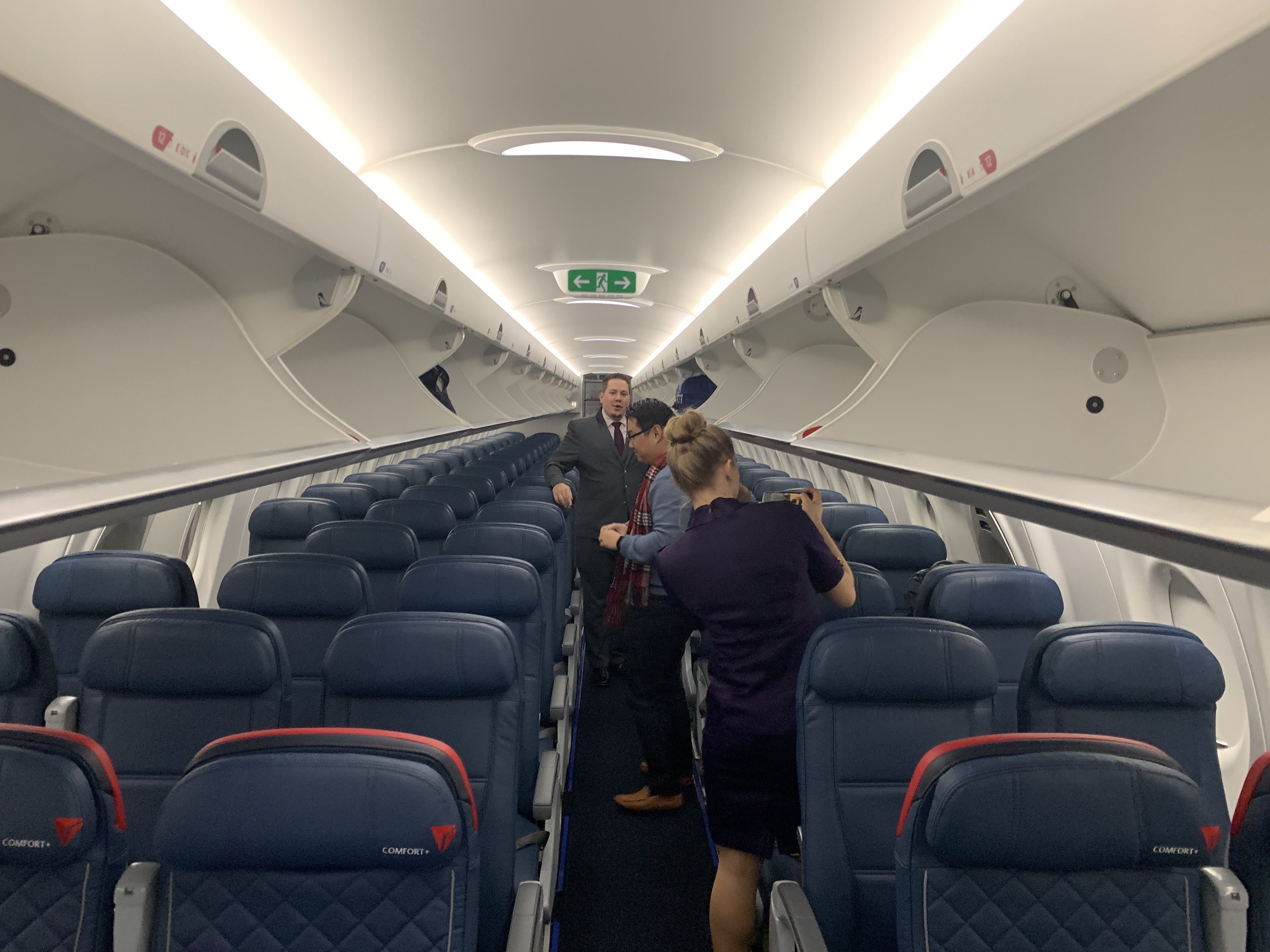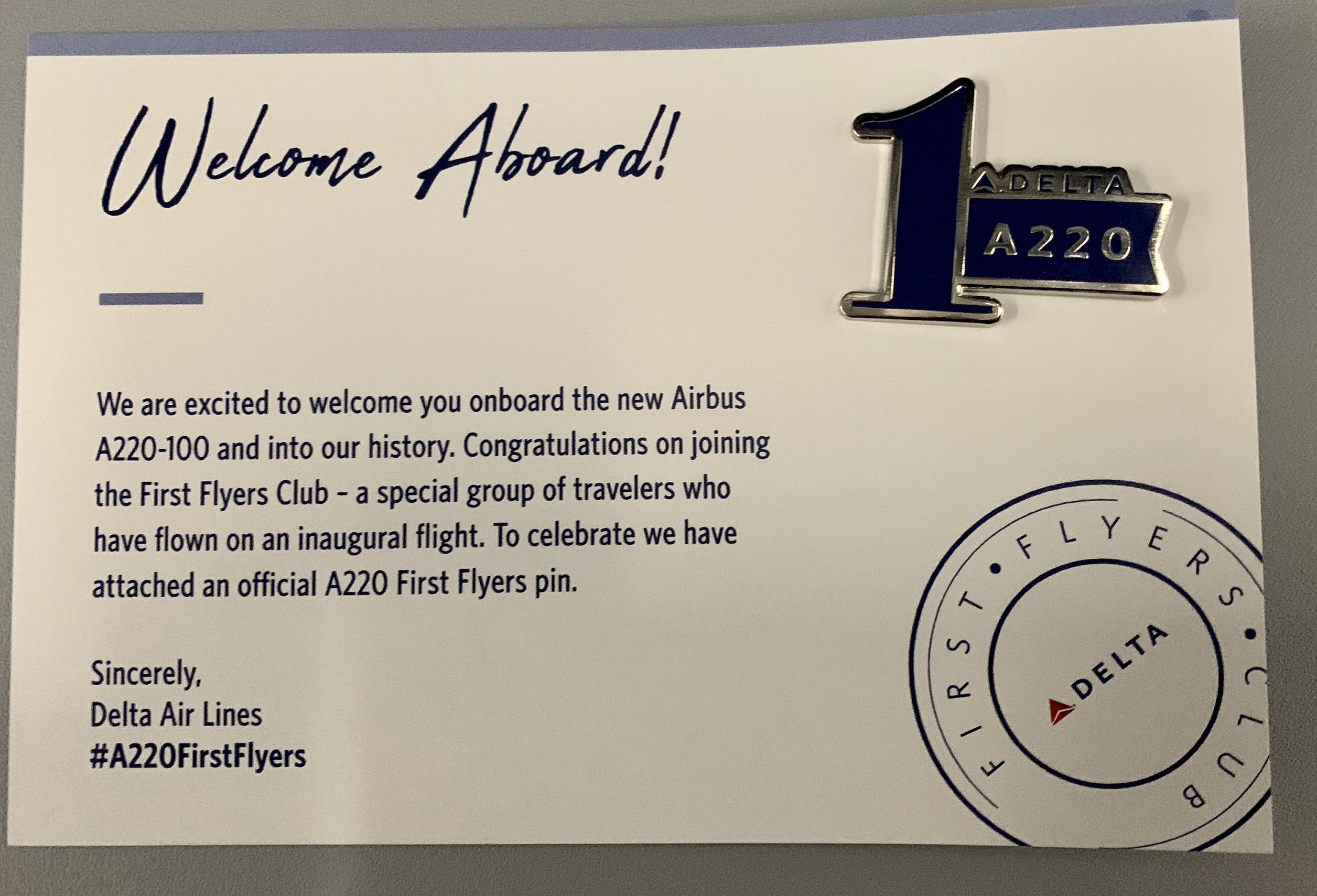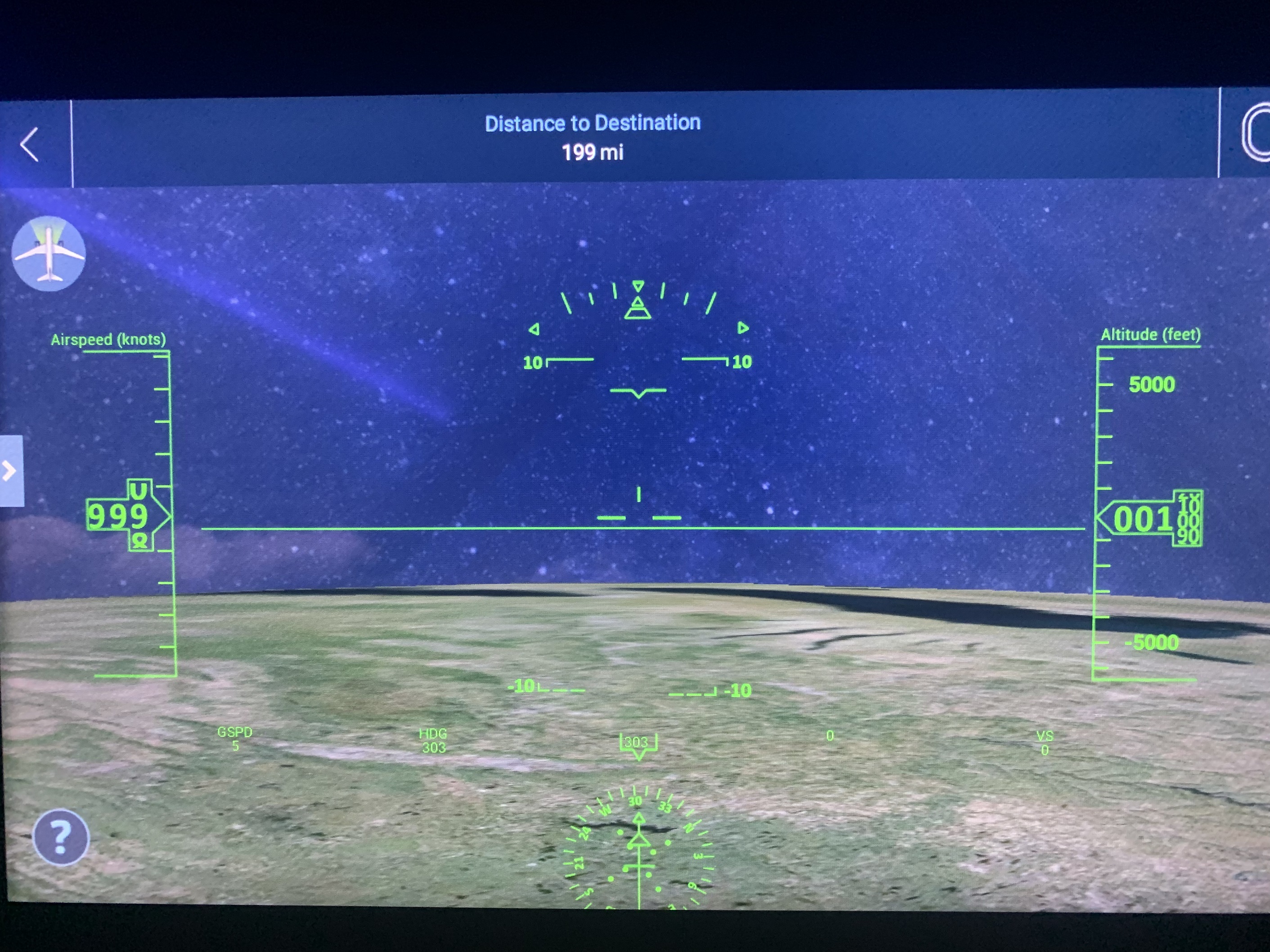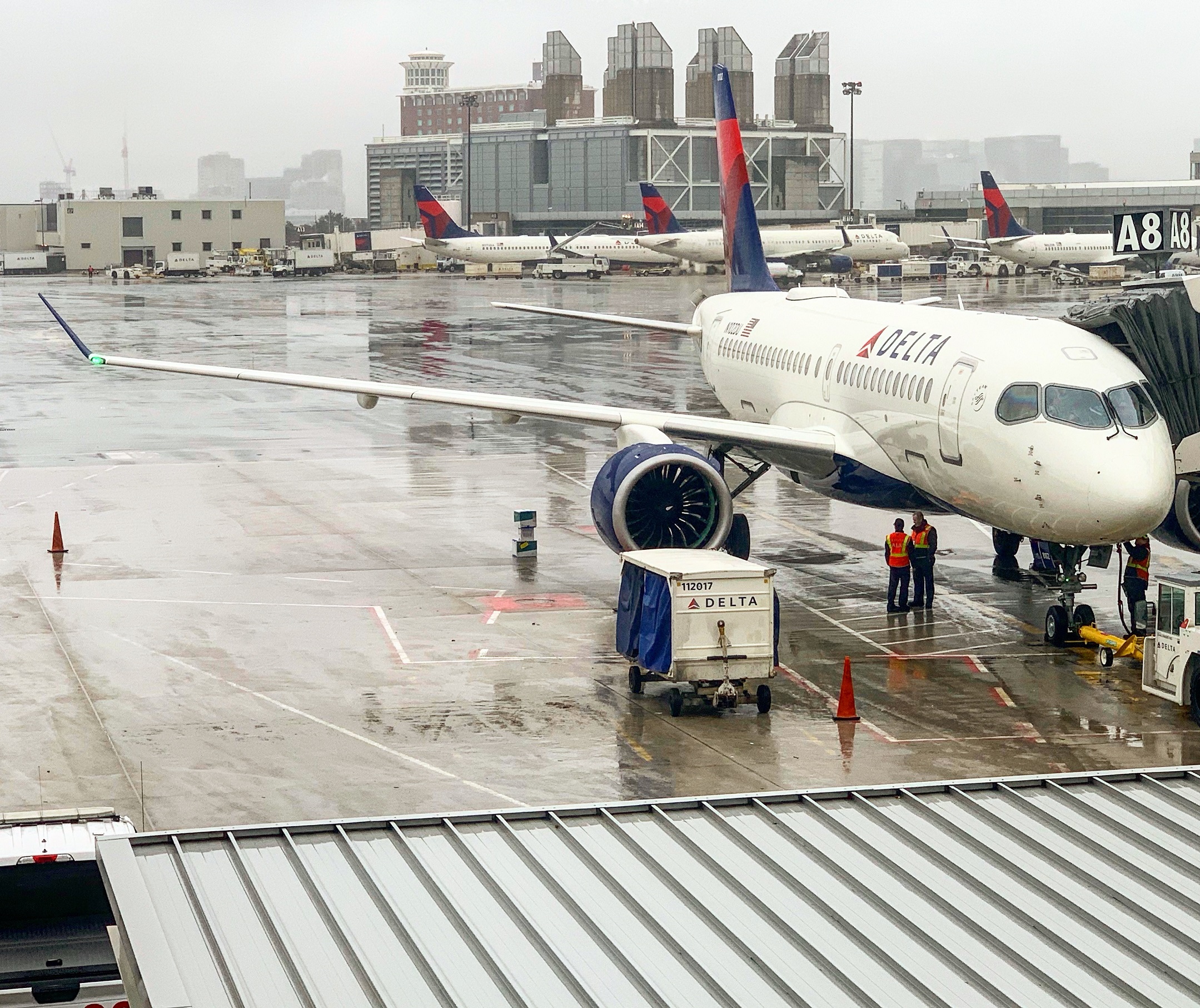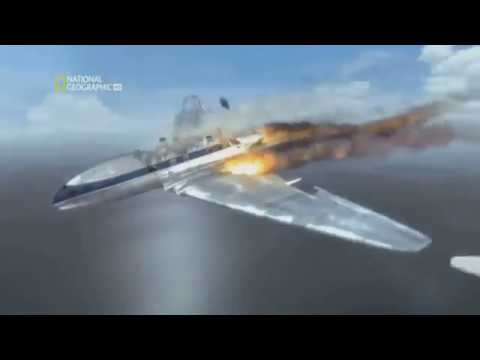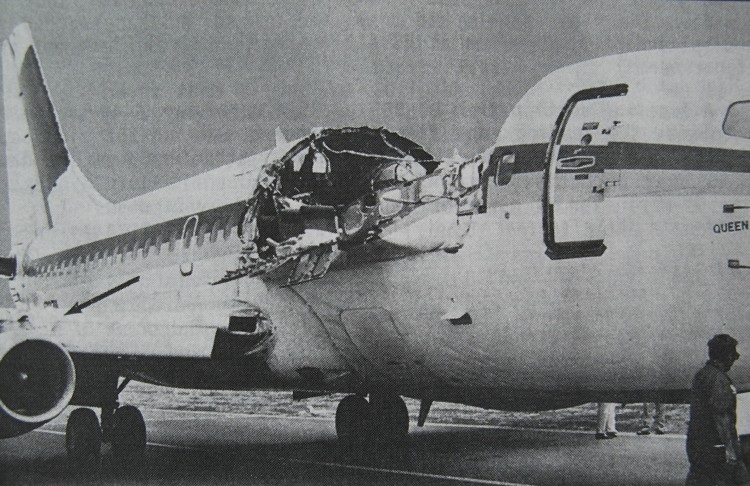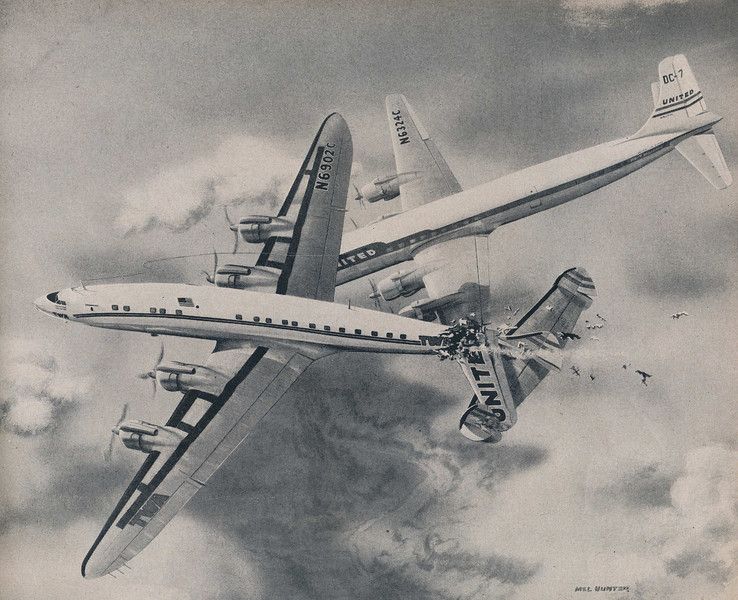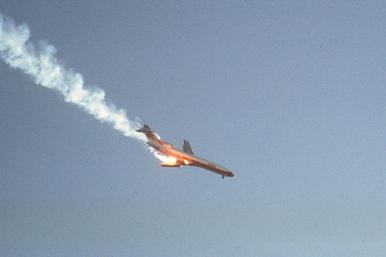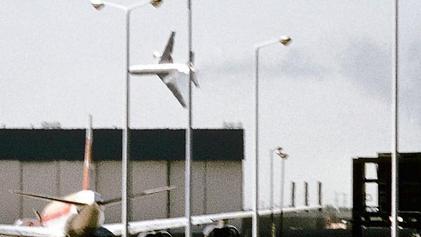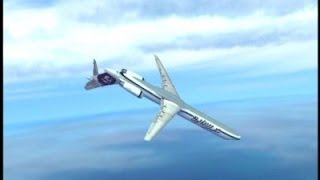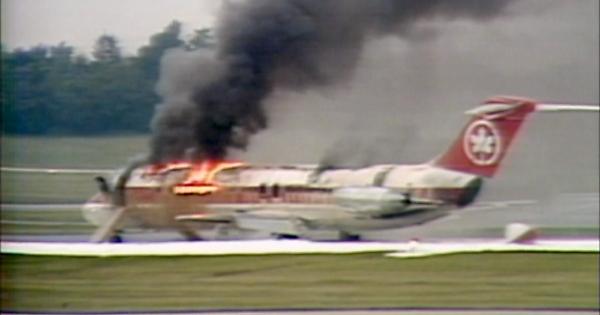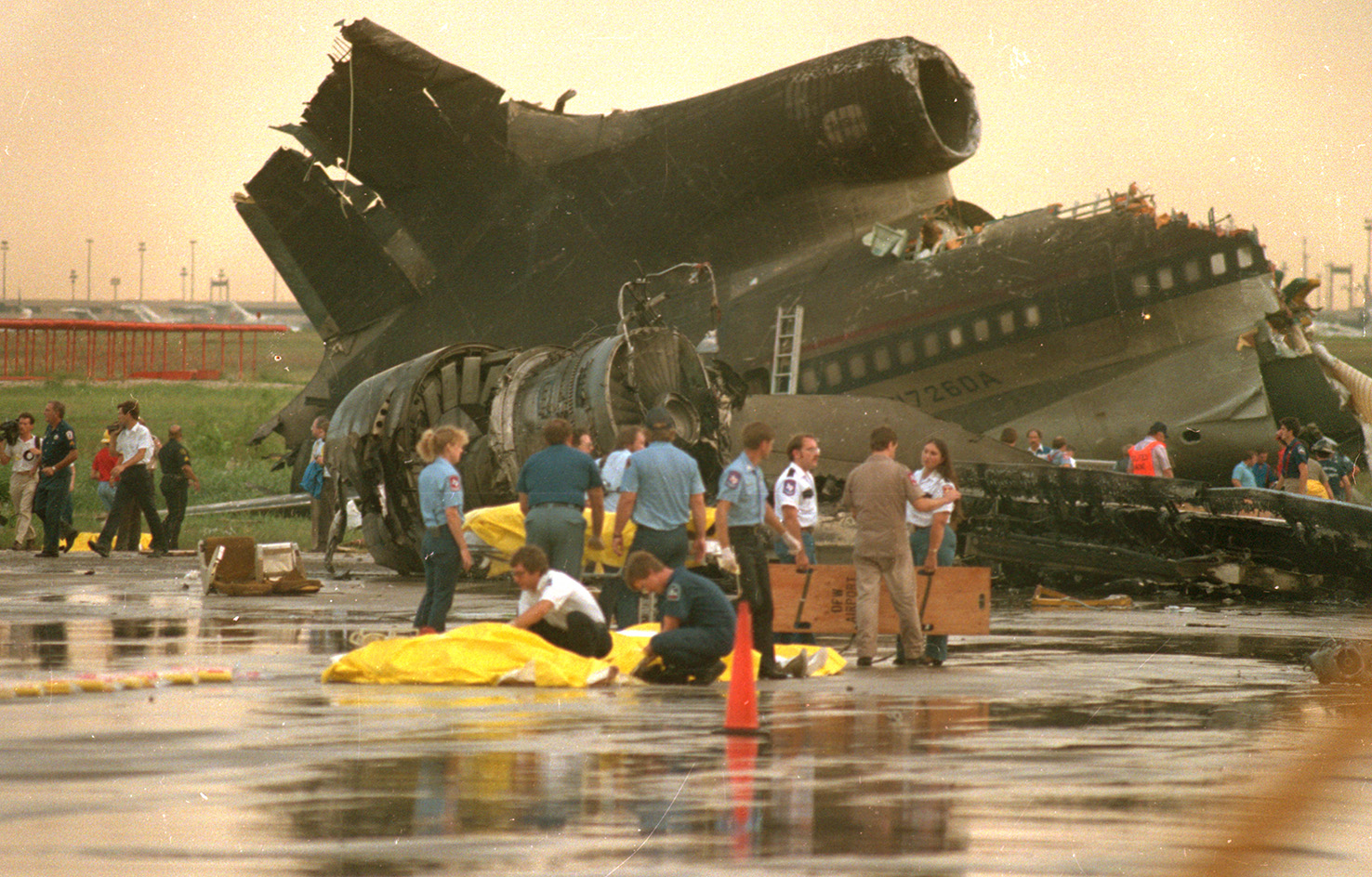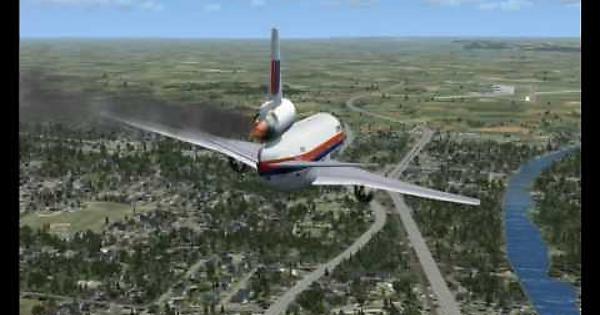What are the facts and what is speculation on the 737 MAX situation?
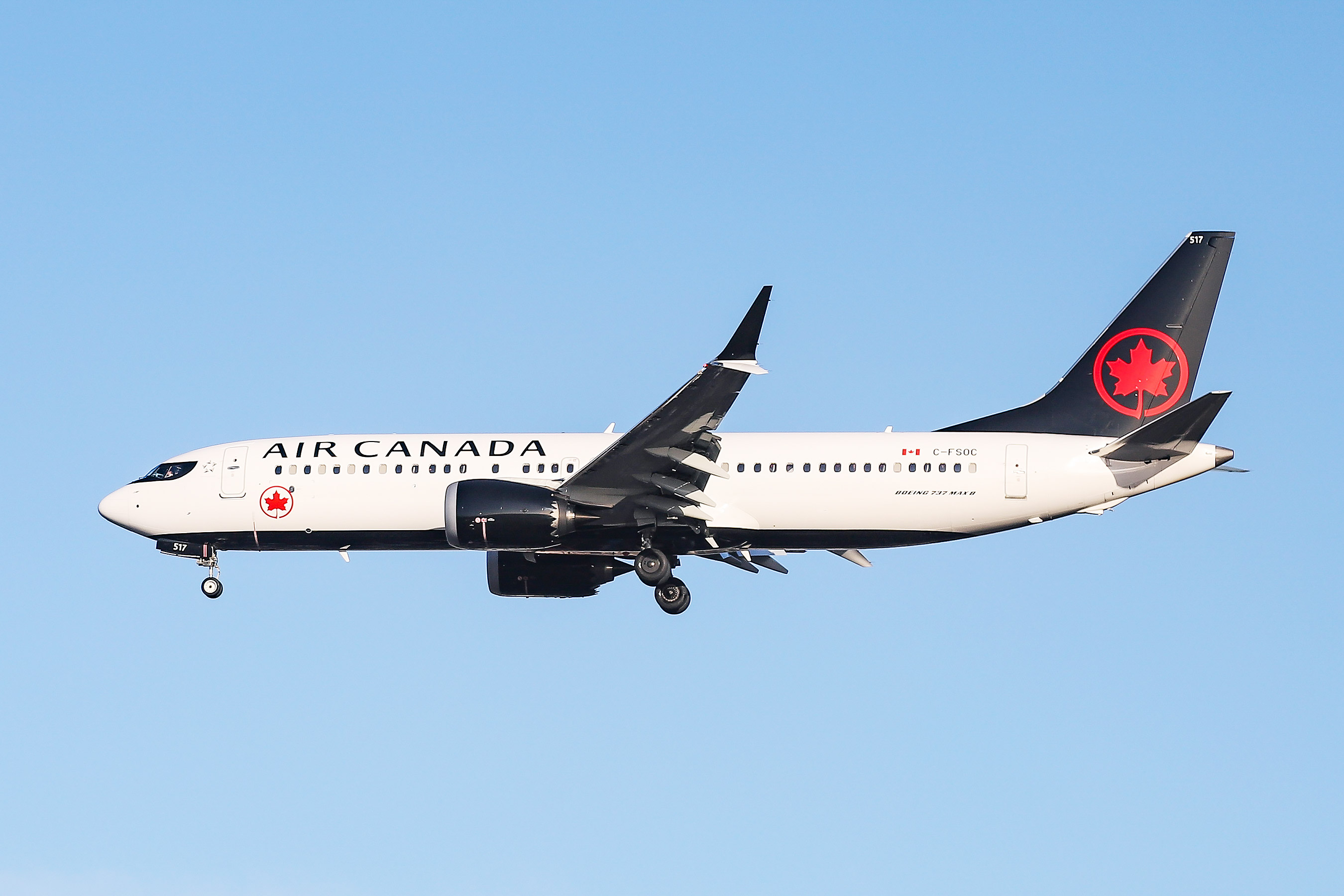
A brief history of the 737:
The short-range, narrow-body jet was planned in 1964 to be a smaller model in Boeing’s lineup, which at the time included the mid-market 727 and longer range 707 jet (the wide-body 747 would debut in 1969 to replace the 707, and the 757 and 767 models came out in the 1980s). The 737-100 made its first flight in 1967 and the lengthened 737-200 entered service in 1968 (these two models comprised the original 737 series). In the 1980s Boeing launched the longer 737-300, −400, and −500 variants (referred to as 737 Classic series). The 1990s brought the improved 737-600, -700, -800, and -900 versions (referred to as the 737 Next Generation or NG series). In 2017, the 737-7, -8 and -9 versions (referred to as the MAX series) debuted, and just under 400 have been built and delivered to customers.
Each refresh and generation of 737 brought more seating and cargo capacity, increased range and efficiency, and improved interiors and technology.
It’s relevant to point out that the 737 is now a much larger and longer-range plane than the original design called for. What was once a 100-seat plane with a range of 2,000 miles can now hold more than 200 people and fly twice as far. Because it’s still the same airframe, albeit heavily improved over the years, there are some design restrictions which are potentially noteworthy in the face of the recent 737 MAX incidents.
The 737 is low to the ground (originally built this way to facilitate servicing at the smaller airports the 737 was designed to fly in and out of, and because of the smaller engines on the original models). Therefore, the plane has short landing gear, which dictates the size of the engines that fit under the wing. Raising the height would require larger landing gear, which was deemed too expensive to re-engineer into the frame on later models; therefore, engine size is still restricted, even on the MAX. The more powerful & more efficient 737 MAX engines are larger than on the 737 NG models, which, in lieu of raising the plane, required the engines to be mounted higher and more forward on the wing than previous engines. This changed the center of gravity of the 737 MAX models compared to the NG, which in turn, required a change to the software that balances the plane in flight. This led to the MCAS system on MAX models.
Now let’s talk briefly about MCAS:
In flight, a stall occurs when the plane loses sufficient speed, and therefore airflow over the wings. Without the correct airflow over the wings, lift is reduced, and the plane would begin to drop. Pushing the nose down increases speed, and therefore airflow over the wings, and helps to avoid the stall. MCAS (Maneuvering Characteristics Augmentation System) software uses multiple sensors to determine when a plane may be stalling, and it could push the nose down to avoid a stall. Boeing says it can ONLY do this in certain extreme situations (i.e. it can’t push the nose down in regular flight, such as while taking off normally).
MCAS is new to the 737 MAX; the software was not on previous 737 generations
The FAA does not consider the 737 MAX a “new” aircraft, merely an “updated” version of the 737. This consideration means that less pilot training is required on MAX versions compared to a “new” aircraft. Airlines and manufacturers like this because it saves time and money. However, this does NOT mean that pilots weren’t trained, or that they did not know about MCAS.
Infamous accidents in modern aviation relating to stalls:
In 2009, Air France Flight 449, an Airbus A330 flying from Rio to Paris, encountered a storm with turbulence over the Atlantic. At the same time, the pitot tubes (which measure airspeed), froze over due to an icing condition in the storm. With the tubes frozen, the autopilot could not receive correct speed info, and disengaged. The pilots took manual control of the plane, as is procedure. The pilots took too long to figure out that they were entering a stall, and never recovered. The crash killed everyone on board, and the final investigation blamed poor pilot training, since all the issues were recoverable (there are procedures for turbulence, incorrect airspeed indications, and stall recovery, which are not uncommon occurrences in flight).
In 2014, Air Asia Flight 8501, an Airbus A320 flying from Indonesia to Singapore, encountered turbulence. Due to improper maintenance practices, a sensor for the rudder was never fixed months before the flight (sensors kept alerting the cockpit that it was not functioning). On this particular flight and during some weather issues, the pilots reset a circuit breaker to stop the rudder alert from sounding. Resetting the breakers disengaged the autopilot, leaving the pilots to manually fly the plane. Similar to the AF 449 situation, they entered a stall due to improperly reading cockpit information and were unable to recover. The final investigation blamed poor maintenance and lack of pilot training.
Simulations were done and both of these incidents were shown to be “recoverable” given the same parameters of the flights. A stall may sound tragic to the average person, but it’s something pilots train for from early in their careers and practice regularly. While poor maintenance and training made these particular occurrences fatal, a stall is not necessarily deadly. These accidents did show that many airlines have less than stellar maintenance and training programs.
Facts about Lion Air 610:
Lion Air Flight 610 was a 737 MAX 8 flying from Jakarta, Indonesia to Pangkal Pinang, Indonesia.
While the black box and flight data recorder have been recovered, they have NOT been fully analyzed, therefore most of what happened is still speculation.
The news, which is not an authority nor part of any investigative body, is saying that the computers on the 737 MAX 8 were sensing a stall, and therefore pushed the nose down, while the pilots were trying to pull the nose up.
Data DOES show that the plane pitched up and down many times before crashing. We DO NOT know why though.
We DO NOT know if the computers and/or MCAS were operating properly or not. If they were not functioning properly but everything else was, this would be a design issue. A full analysis will eventually tell us this.
We DO NOT know if the systems were operating properly but were being fed the wrong information by broken or inoperable sensors (i.e. if the computer was being told by sensors that the plane was stalling, it would be correct to pitch the nose down to recover).
We DO know that the SAME behavior happened on the same plane the night before Lion Air 610 (the aircraft was flying Bali to Jakarta), but we DO NOT know why. That flight pitched up and down many times, but pilots recovered and landed safely. The Lion Air 610 flight crew was aware that this had happened on the previous flight.
We DO know that in Bali, right before the Bali to Jakarta flight, the AoA sensors (Angle of Attack – simplified as sensors determining if the plane is nose up or down) were replaced on the plane due to previous pilots noting incorrect data. When the plane landed in Jakarta from Bali, the pilots noted the data was still not correct from the sensors that were just replaced before their flight.
From the Indonesian authorities (KNKT):
The Aircraft Flight Maintenance Log recorded that several problems occurred related to airspeed and altitude flag appeared on the Primary Flight Display three times, SPEED TRIM FAIL light illumination and MACH TRIM FAIL light illumination two times and Indicated Airspeed and Altitude Disagree shown on the flight Denpasar to Jakarta the day before the accident flight.
The KNKT released two safety recommendations to Lion Air stating the aircraft was not airworthy on the flight from Bali to Jakarta, and the flight should not have continued to Jakarta.
Refer to the CASR Part 91.7 Civil Aircraft Airworthiness and the Operation Manual part A subchapter 1.4.2, the pilot in command shall discontinue the flight when un-airworthy mechanical, electrical, or structural conditions occur. The flight from Denpasar to Jakarta experienced stick shaker activation during the takeoff rotation and remained active throughout the flight. This condition is considered as un-airworthy condition and the flight shall not be continued.
We DO NOT have the final results or responses on why this was not fixed or what maintenance did or did not do on the ground after the plane touched down the evening before Lion Air 610.
To summarize so far:
MCAS is a new system for the 737; it was meant to help pilots control the plane in certain extreme situations
There is a lot of speculation on the amount of control MCAS has on the plane, and whether or not pilots were made aware of its characteristics, and if they were trained properly
There were previous documented issues with equipment on the plane used for Lion Air 610. These were not resolved on earlier flights nor in time for Lion Air 610. It is possible that these broken sensors could have fed incorrect info to the computers and pilots. This would be a maintenance issue, not a design issue
Authorities recommended that the plane used for Lion Air 610 was not airworthy
Boeing and MCAS:
There is controversy around whether the operating manuals of the 737 MAX included details on the MCAS system. Some parties are claiming that it is NOT included in the manuals and that pilots were unaware of what the system could do, therefore potentially could not recover the plane from any actions the computer initiated.
Boeing is claiming that the 737 MAX is safe to fly, and that MCAS is detailed in manuals and pilots are aware of its operation. It is also saying that pilots, with proper training, should have knowledge of how to recover from a stall, regardless of how the stall occurs.
US pilots have confirmed that they were trained on MCAS, and they do not feel that the 737 MAX is unsafe. The rest of the world has grounded the planes until more information is available on what caused the crashes.
Lion Air is blaming Boeing for not disclosing MCAS operations; without MCAS info, it couldn’t prepare its pilots properly.
On March 12th, 2019 Boeing reported in a release:
For the past several months and in the aftermath of Lion Air Flight 610, Boeing has been developing a flight control software enhancement for the 737 MAX, designed to make an already safe aircraft even safer. This includes updates to the Maneuvering Characteristics Augmentation System (MCAS) flight control law, pilot displays, operation manuals and crew training. The enhanced flight control law incorporates angle of attack (AOA) inputs, limits stabilizer trim commands in response to an erroneous angle of attack reading and provides a limit to the stabilizer command in order to retain elevator authority.
From the FAA:
The FAA says it anticipates mandating this software enhancement with an Airworthiness Directive (AD) no later than April. We have worked with the FAA in development of this software enhancement. It is important to note that the FAA is not mandating any further action at this time, and the required actions in AD2018-23.5 continue to be appropriate.
A pitch augmentation control law (MCAS) was implemented on the 737 MAX to improve aircraft handling characteristics and decrease pitch-up tendency at elevated angles of attack. It was put through flight testing as part of the certification process prior to the airplane entering service. MCAS does not control the airplane in normal flight; it improves the behavior of the airplane in a non-normal part of the operating envelope.
Boeing’s 737 MAX Flight Crew Operations Manual (FCOM) already outlines an existing procedure to safely handle the unlikely event of erroneous data coming from an angle of attack (AOA) sensor. The pilot will always be able to override the flight control law using electric trim or manual trim. In addition, it can be controlled through the use of the existing runaway stabilizer procedure as reinforced in the Operations Manual Bulletin (OMB) issued on Nov. 6, 2018.
As of Wednesday, March 14th, American Airlines is flying 24 MAX-8s and has already installed updated software that more clearly warns pilots of the engagement of MCAS. Southwest, which flies 34 of the jets, is in the process of making that change.
From other pilots:
There is a confidential database that pilots can anonymously contribute to that’s not run by the FAA or the airlines. They can submit things that go right and wrong on an aircraft, or can voice opinions and complaints on operations, airlines, equipment, etc. Digging through this database, some reporters have found MCAS entries from 737 MAX pilots.
There are 5 entries related to MCAS, out of thousands of total entries. These 5 pilots all reference MCAS pitching the nose down right after takeoff and right after autopilot was turned on, and for an un-apparent reason. The pilot flying immediately switched off autopilot and pulled the nose up and there were no more issues.
One of the 5 entries references MCAS is more detail. Pilots were informed about the system, but the manuals did NOT reference the parameters that it would activate. It is meant to alleviate a stall only in extreme angles and situations, and the exact metrics for when these occur are not in Boeing’s pilot information guides.
These entries suggest that pilots knew that the MAX aircraft had MCAS but found it odd that Boeing did not include every single detail on the functionality of the system. However, none of the pilots were worried or felt unsafe, since training covered stall recovery. After the incidents, the pilots did look up the MCAS details and parameters, which are available from Boeing but only in certain deeper-dive material, and were confused as to why it activated in the first place, since in normal takeoffs the plane never fell into the realm of where MCAS should step in.
Overall summary and questions:
We will not know all the facts until the authorities from all involved countries and parties release their final reports. It’s important to not jump to conclusions, and to realize that aircraft and aircraft investigations are overwhelming complex.
There are big questions:
Did Boeing provide enough information on MCAS to sufficiently prepare pilots for flight operations?
Is MCAS technology safe or is its logic and operations flawed?
Did airlines, who are responsible for training pilots, prepare them properly?
What were the maintenance issues on Lion Air 610, why weren’t they properly dealt with, and what are the implications of improper maintenance on MCAS and flight operations?
If the same thing happened the night before Lion Air 610, and the pilots recovered, why weren’t the pilots able to recover the next morning?
Have other pilots had issues with the 737 MAX, and if so, where is this documented and what are authorities doing about it?
Boeing is updating MCAS and its manuals; will some see this as an admission of guilt by the manufacturer? If so, then is the FAA also guilty, as the governing body that determined the 737 was airworthy?
